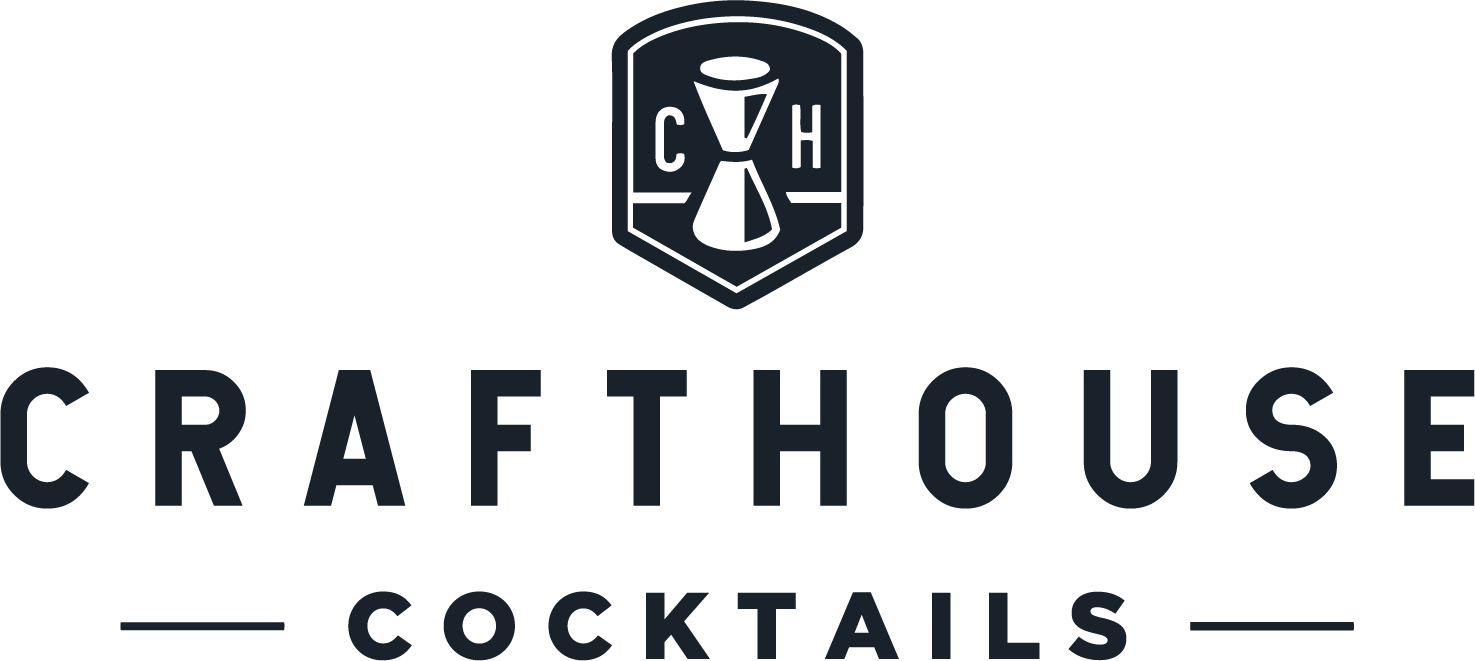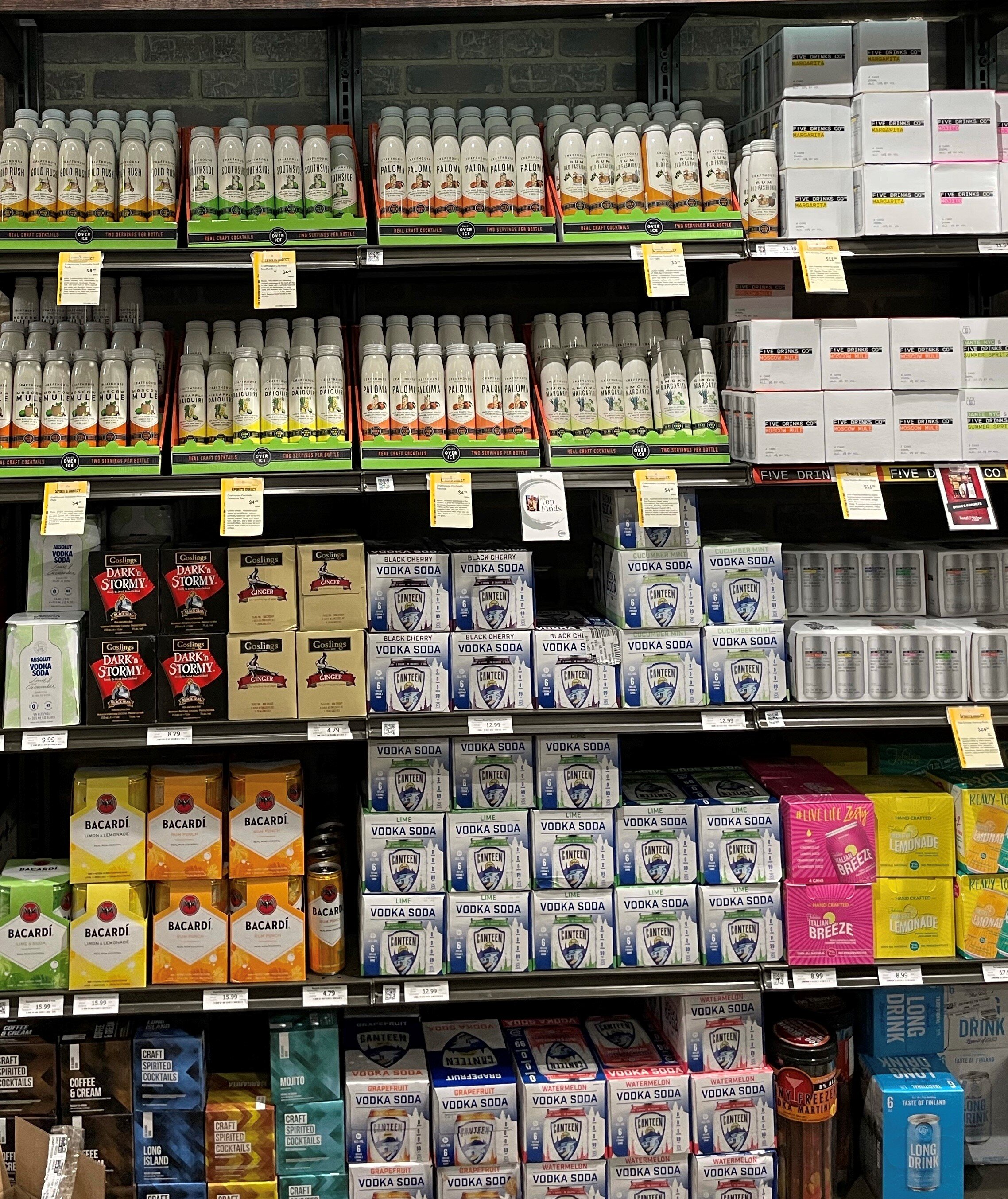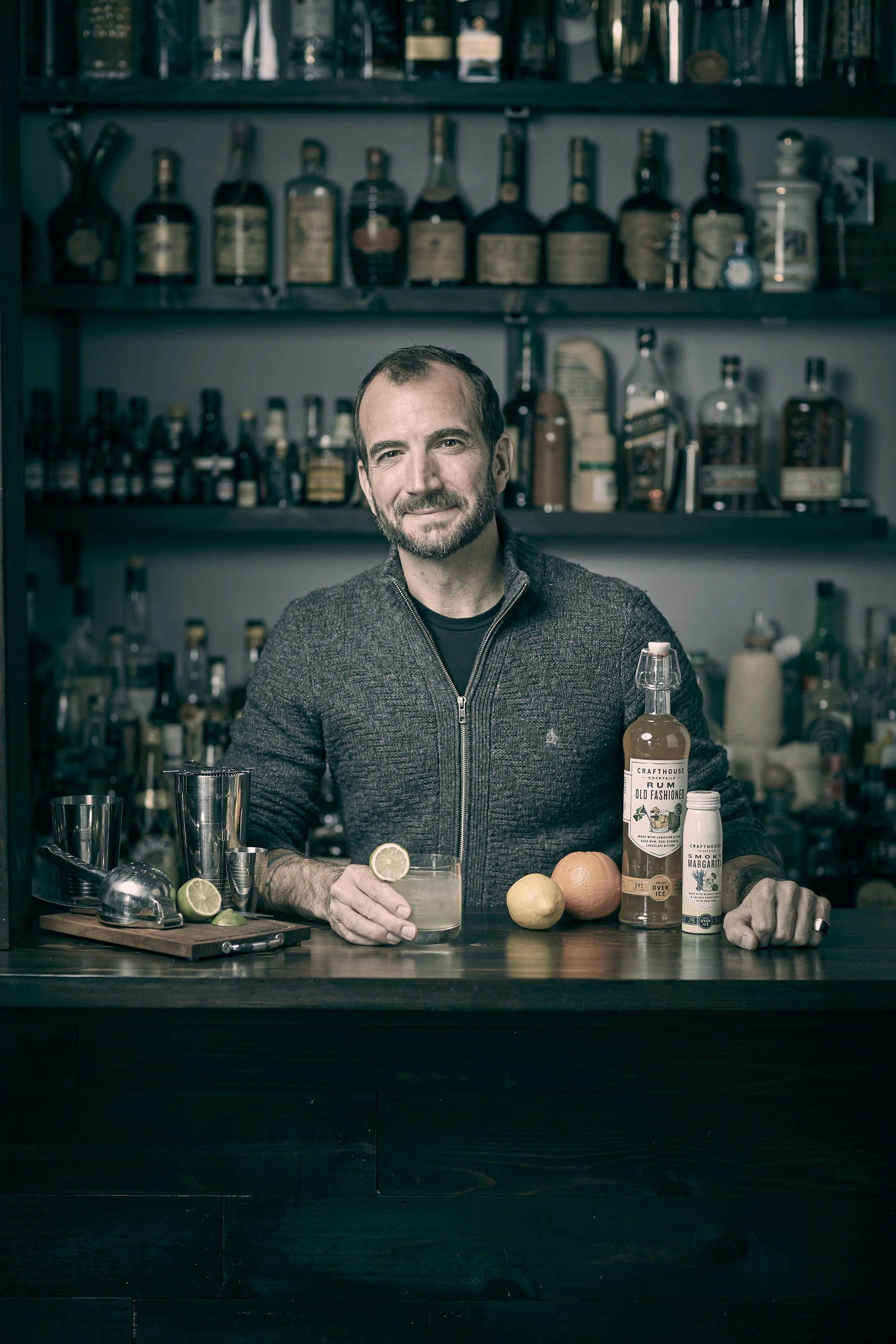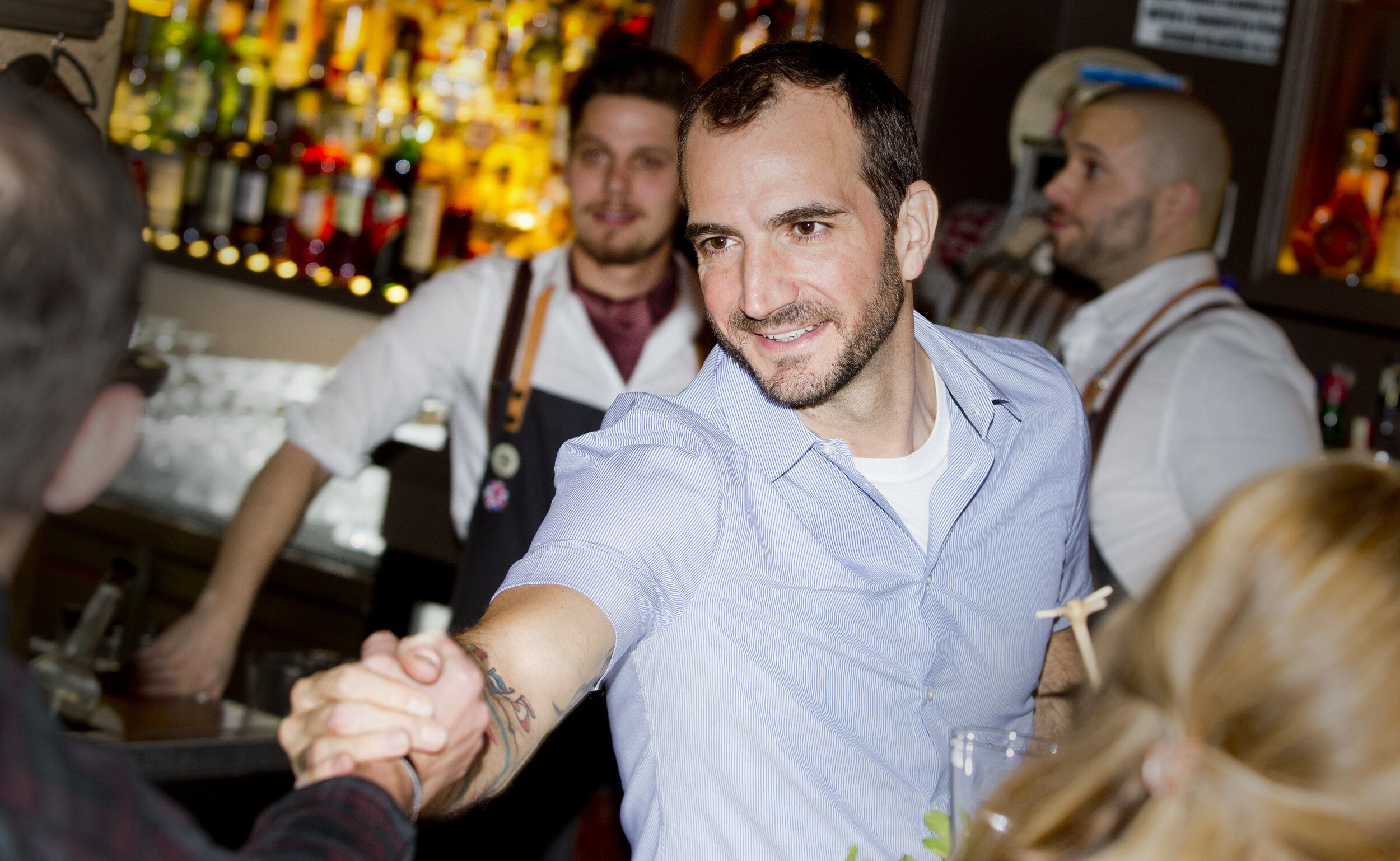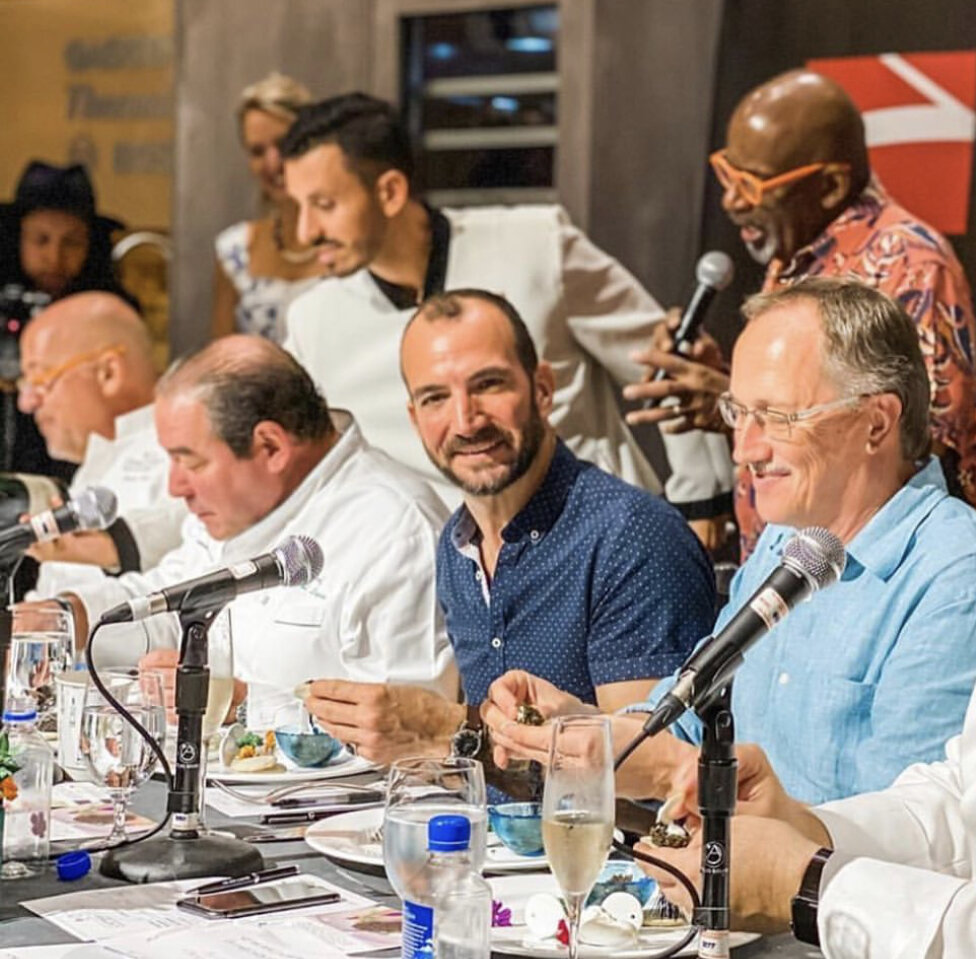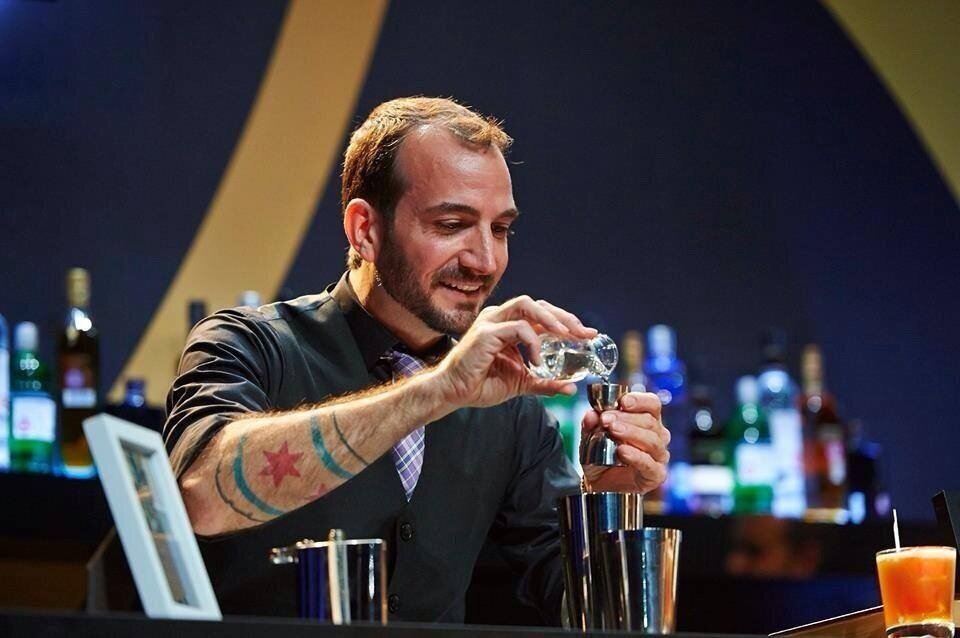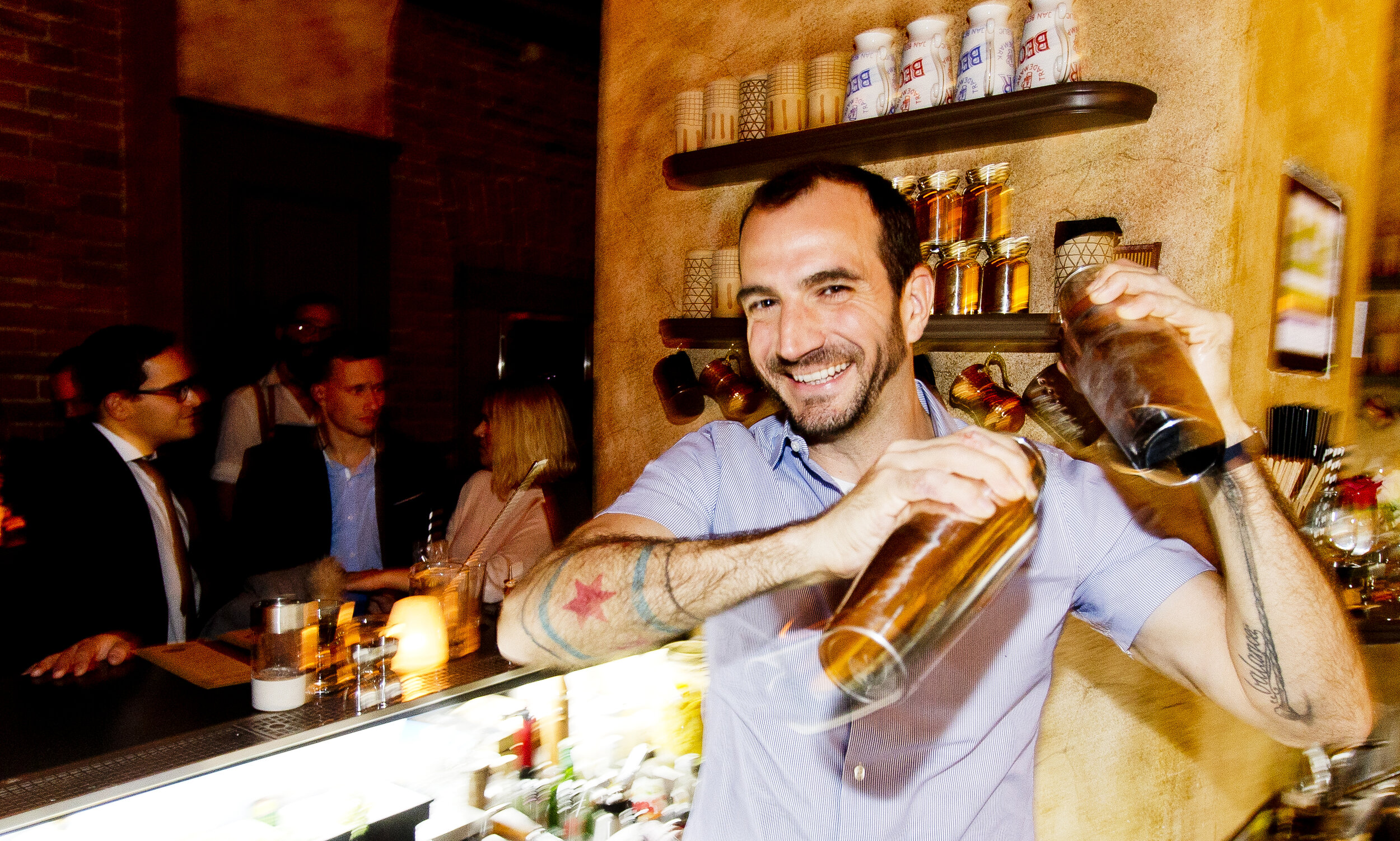The Rise Of The RTD
A typical RTD section at Total Wine & More
The ready-to-drink (RTD) beverage market is doing better than ever and is expected to continue their positive growth into the post-COVID future. Within the past 4 years there have been hundreds of new alcoholic drinks created in an RTD format such as hard seltzers, craft cocktails, and hard teas. These types of drinks are viewed as a better alternative to beer because they contain less calories and feel less filling. Additionally, most of these drinks are gluten free and starting to move away from using malt liquor, which makes them appear “healthier” to customers.
Within the past year the biggest change for this industry was the COVID-19 pandemic. With people unable to go to bars and spending more time at home it created many new off-premise locations for RTD. “According to the Distilled Spirits Council, gross revenues in the U.S. spirits market grew by 7.7% in 2020, notching the largest increase on record”. Quarantine caused many people to stockpile on alcohol, as well as consume it more frequently than normal, which contributed to most of this sales spike. The beer and spirits sales were almost evenly split, showing how big the RTD market had become by March last year.
While the data from 2020 shows huge advancements within the alcohol market, specifically with RTD beverages, the big question is will these purchasing habits change as the world starts to open up again? People are beginning to return to bars and restaurants, so there is a worry that the demand for purchasing RTD beverages to drink at home may decrease when this happens. However, Bank of America has even estimated that “the spirit-based RTD market could reach between $3 billion and $4 billion in five years, up from about $400 million now”. There is a huge potential for brands in this market, as it seems that the consumer base is only continuing to grow despite these changes to our daily lives.
The potential for an increase in RTD sales continues to be predicted so high because there are many other on and off premise opportunities for these drinks to be purchased for aside from having them at home. Whether they are being purchased on the train, at an airport, or even to bring to the beach, people are still looking for hard seltzers and cocktails that look and taste good. Most alcohol consumers are really drawn to the fact that these options offer such a large variety of flavors while attempting to create a healthier way to drink in comparison to beer, and they most likely aren’t going to change what they purchase based on the pandemic ending.
Overall the RTD market has continued to soar in sales, and there is no prediction that this will be stopping anytime soon. Large brands have even begun to hop on the trend and create their own canned cocktails and seltzers, while many smaller companies have begun to pave the way as well with their craft drinks. RTD has brought huge potential to the alcohol industry, and they are here to stay.
- Lucy Duffy
How a Crafthouse Cocktail is Born
People often ask how we choose which cocktails make the cut to become a Crafthouse Cocktail. I suppose most big brands hire marketing firms, conduct focus groups (I’ve been on those panels many times...they never listen to us anyway) and look at piles of data for which flavors are trending. We weren’t trying to create a new brand simply for the sake of making it. We kept hearing our guests express the desire for great quality cocktails when they weren’t at our bars and decided to do something about it.
People often ask how we choose which cocktails make the cut to become a Crafthouse Cocktail.
I suppose most big brands hire marketing firms, conduct focus groups (I’ve been on those panels many times...they never listen to us anyway) and look at piles of data for which flavors are trending. We weren’t trying to create a new brand simply for the sake of making it. We kept hearing our guests express the desire for great quality cocktails when they weren’t at our bars and decided to do something about it. Our method has always been decidedly less fussy (and a lot more fun).
The first few cocktails we launched with in 2013 were based solely on our experience behind the bar, seeing what our guests were excited about and most importantly, were drinks we loved. That data the marketing firms were collecting and making assumptions about was being created in real time with every cocktail we served at the bar. We didn’t have to guess, we could see what people enjoyed in the moment. In hindsight, it’s become clear over the years that we as bartenders and you as our guests jointly create those “trends” that marketing companies eventually clamor to catch up to. Take that Amazon analytics! That’s the power of a room full of folks enjoying a drink.
The first cocktails we launched were the Moscow Mule, Southside and Paloma. The Gold Rush followed shortly behind that original trio. I looked at that the same way I may start to plan a cocktail menu for a bar. There were a variety of base spirits represented, unique flavor profiles to each: spicy ginger in the Mule, bright refreshing mint in the Southside, pleasantly bitter grapefruit in the Paloma and warming spices and complexity in the Gold Rush.
Depending on your experiences, some of those drinks may not be familiar to you. Nine years ago when we decided the Moscow Mule would be one of our core drinks, not many people were talking about that forgotten classic. We all know what’s happened to that over the past decade, as you wade through a sea of copper mugs and ginger beer options.
A few of the others are still a bit obscure. We’re ok with that and are always excited to introduce people to their next favorite cocktail. It’s one of the true honors behind the bar, spending time with a guest and finding the perfect drink for the time and occasion.
We often call the Southside our “gateway” gin drink. If I had a dollar for every time someone said, “I don’t even like gin but I love this cocktail!”.....I’d have at least several dollars. This is one of those resurrected classics, pulled from obscurity and reborn in craft cocktail bars in the early 2000s. It is still a bartender’s favorite and often used to reacquaint guests with the juniper driven spirit. Turns out, most people don’t have a problem with gin….it was how the gin was presented to them as neophyte imbibers. I’d guess cheap, syrupy tonic water is to blame for more gin-bashing than anything else...closely followed by Martinis that were destroyed with long expired vermouth. It’s just about preparing the flavors in the right way- that’s where a bartender’s experience comes in.
Each of our cocktails serves a specific role. When I design a menu, I want to make sure that if a group walks in and picks up the menu, I’ll have something for everyone. Same deal if you walk into a shop and see our lineup. That was most recently rounded out with a cocktail I’ve wanted to do for a long time, our new Rum Old Fashioned. (That’s not to short change the Pineapple Daiquiri or Mezcal Margarita…..two of my desert island drinks to be sure.)
We were missing that spirit forward sipper for our drinkers who enjoyed whiskey on the rocks, a Manhattan or the like. Like the rest of the lineup, we wanted to nail the flavor profile while still digging into our bartender know-how. An Old Fashioned would have been fine….but we don’t like to phone it in. There’s certainly an entire post to be shared around this cocktail -- we’ll have to pour ourselves a cocktail and do that in the near future.
Really, each one of our Crafthouse Cocktails has a reason for being. A great drink is the perfect balance of art, science and entertainment. How do the flavors balance? What nuance do we want to tweak? Do the punch of the spirit, acidity of the citrus and roundness of the sweetener all exist in harmony? Is this a cocktail that I can clink glasses in a group of friends and laugh until my face hurts? All very important questions to answer….
The experimenting and taste testing never ends, fortunately. We have some fun things in the near future and many other ideas simmering on the back burner. What cocktails would you love to see on the menu? What are your favorites to make at home? What would you like to hear about? I look forward to you taste testing soon and sharing your expert imbiber opinions! Until then, cheers!
- Charles Joly
